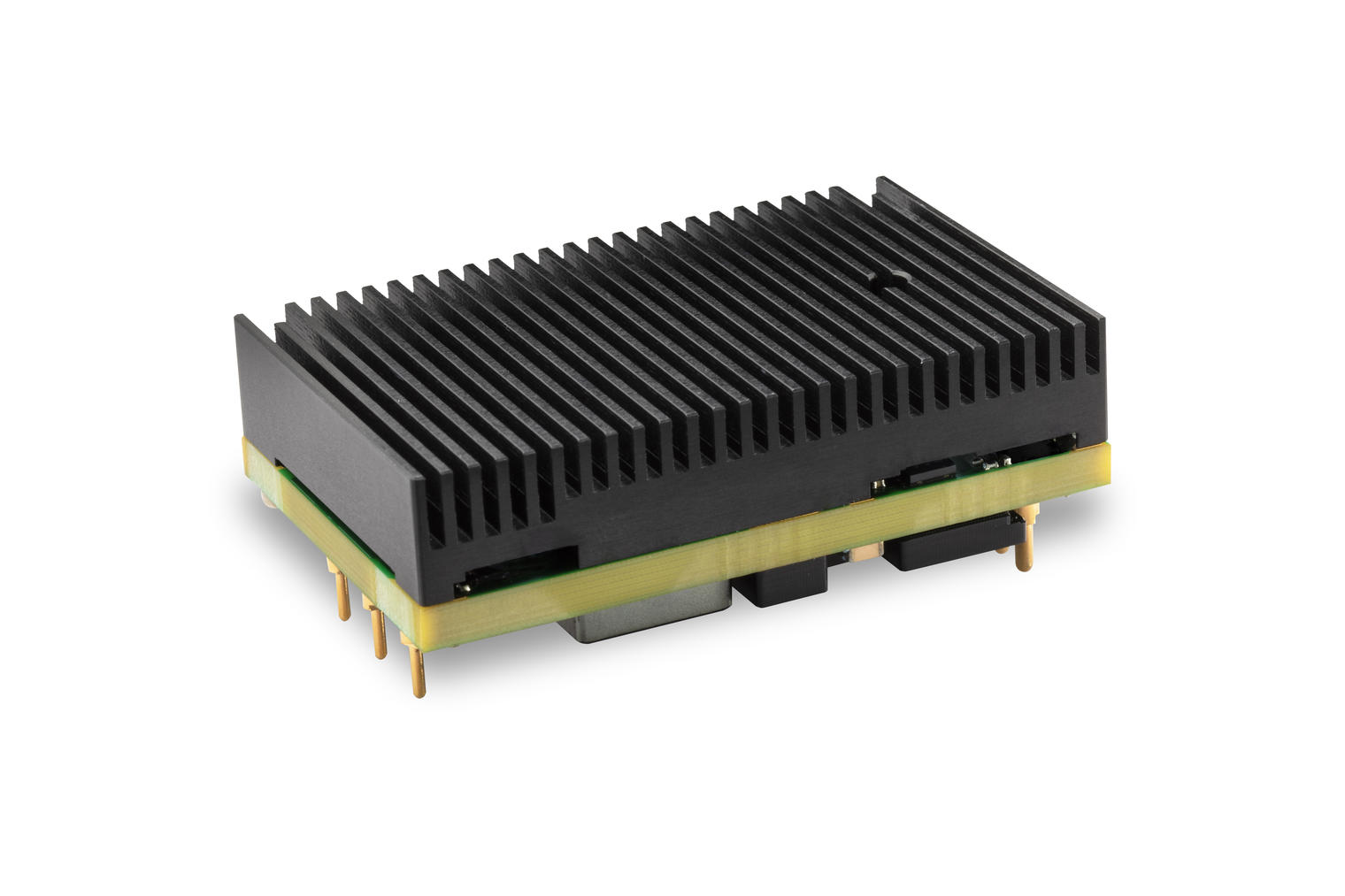Achieving the highest power density in isolated digital DC/DCs

In telecom and data center applications, everyone is trying to fit more performance and functionality into smaller spaces, and power supplies have to keep up with this trend. For example, a typical 4G base station remote radio unit (RRU) might require 300 W input power, while a 5G equivalent would need somewhere between 1100 W and 1500 W.
Flex Power Modules has always pushed to develop the highest power density components available, and with the BMR491, it’s reached that goal for digital DC/DC isolated converters. Let’s look at how that’s been achieved, and what it means for power system designers.
In this blog, we focus on the industry-standard quarter brick format for power modules, which measures 57.9 x 36.8 x 14 mm (2.28 x 1.45 x 0.55 in.). This is commonly used in both telecom applications, which typically run on a 48 V supply voltage, and data centers, which use a supply voltage between 40 V and 60 V.
Looking back, Flex Power Modules’ first-generation quarter brick isolated DC/DC converter is the BMR453, aimed at the telecom market. This delivers up to 300 W, with a typical efficiency of up to 96.1%. It also supports paralleling through droop load sharing, enabling multiple converters to be used together to achieve higher power.
As the technology improved, the second-generation BMR456 was able to increase its maximum power output to 468 W, in the same quarter brick format. The trend continued, with the 3rd generation version, the BMR458, achieving a power output of up to 650 W. With the 4th generation BMR480, this figure jumped to 1300 W, marking a substantial increase in power density. All of these converters, as well as the later products in this line, continue to support paralleling.
With the BMR480, Flex Power Modules introduced its proprietary Hybrid Regulated Ratio (HRR) technology to this product line. HRR converters combine the advantages of two existing approaches to power conversion: a fixed-ratio converter with unregulated output, or a fixed-output version with full regulation. Depending on the input voltage, a HRR converter will switch between these two modes (see Figure 1).

Figure 1: Hybrid Regulated Ratio (source: Flex Power Modules’ Brochure on DC-DC Converters for Data Center Solutions)
By adding the benefits of regulation to fixed-ratio DC/DC conversion, the HRR technology enables greater power delivery, and efficiency, under common operating conditions. It also improves resilience to voltage transients, and enables a wide input voltage range.
The 5th generation BMR490 maintained the 1300 W maximum output power but offered a non-isolated design, and now the 6th generation BMR491 has taken things up a level, delivering 2450 W peak power for short periods of up to one second, as well as continuous output power of up to 1540 W. This peak power demand is common – for example it is often required during the burst mode operation of processors such as Intel’s Ice Lake family of CPUs.
It’s not just about power density, of course. Digital converters, such as the BMR family, help system designers to cut time to market, as they can take advantage of built-in functionality, as well as software tools such as Flex Power Designer. These converters are also reliable, due to advanced over-voltage, over-temperature and short-circuit protection, with the mean time between failures (MTBF) of the latest BMR491 exceeding seven million hours.
For both telecom and data centers, there is an ever-increasing demand for higher power density, which is likely to continue for the foreseeable future. For system designers, isolated digital DC/DC converters provide an option that can meet these high power density requirements– without compromising on efficiency, features or simplicity of design.
